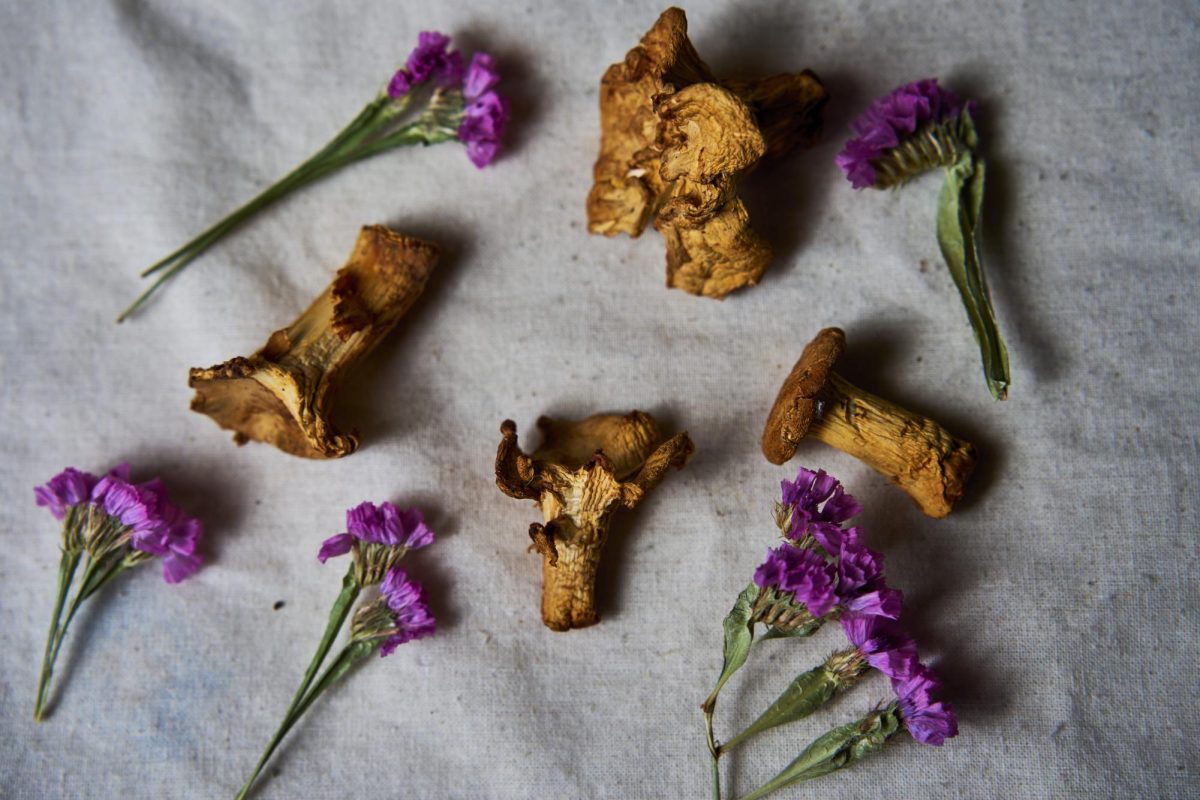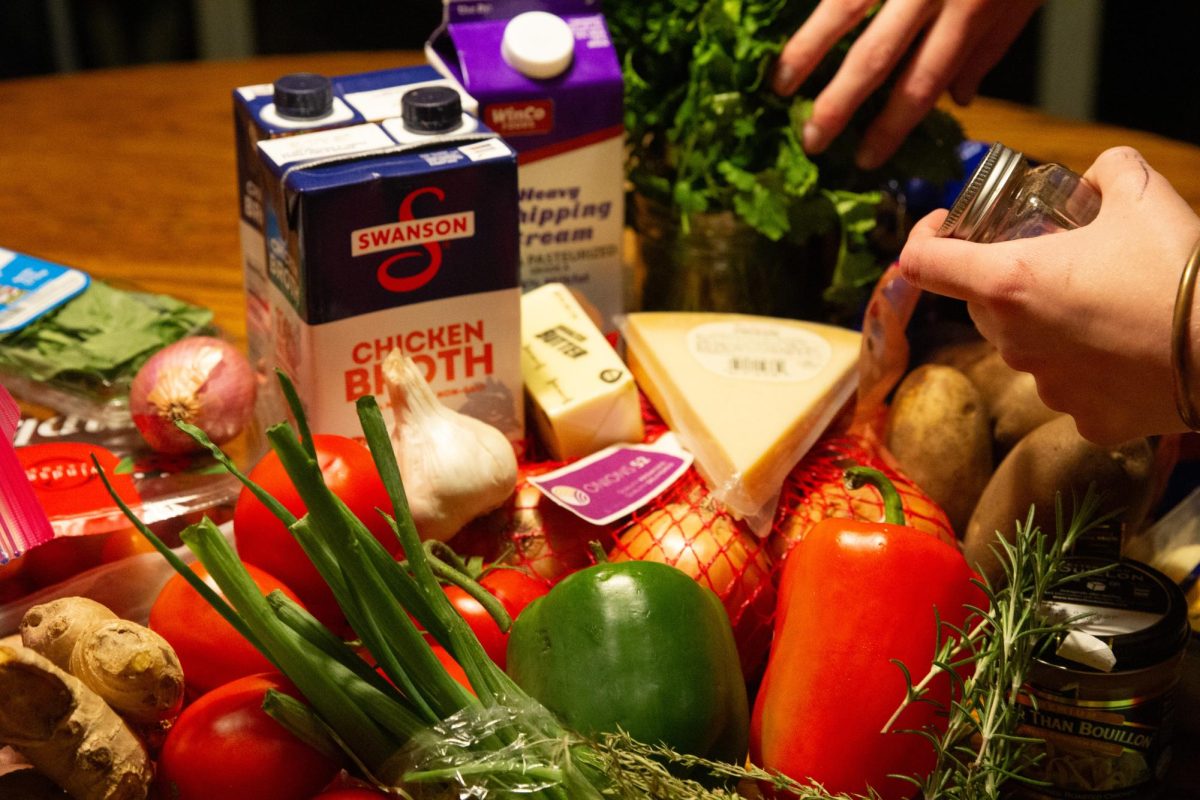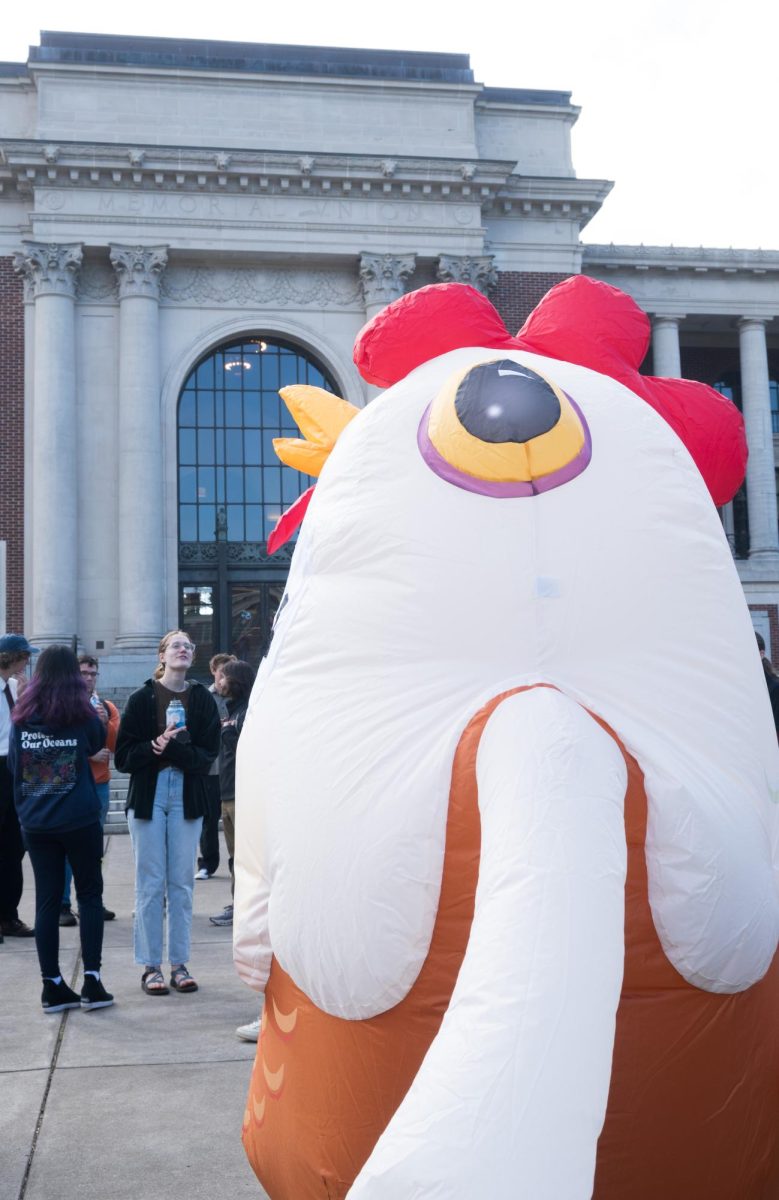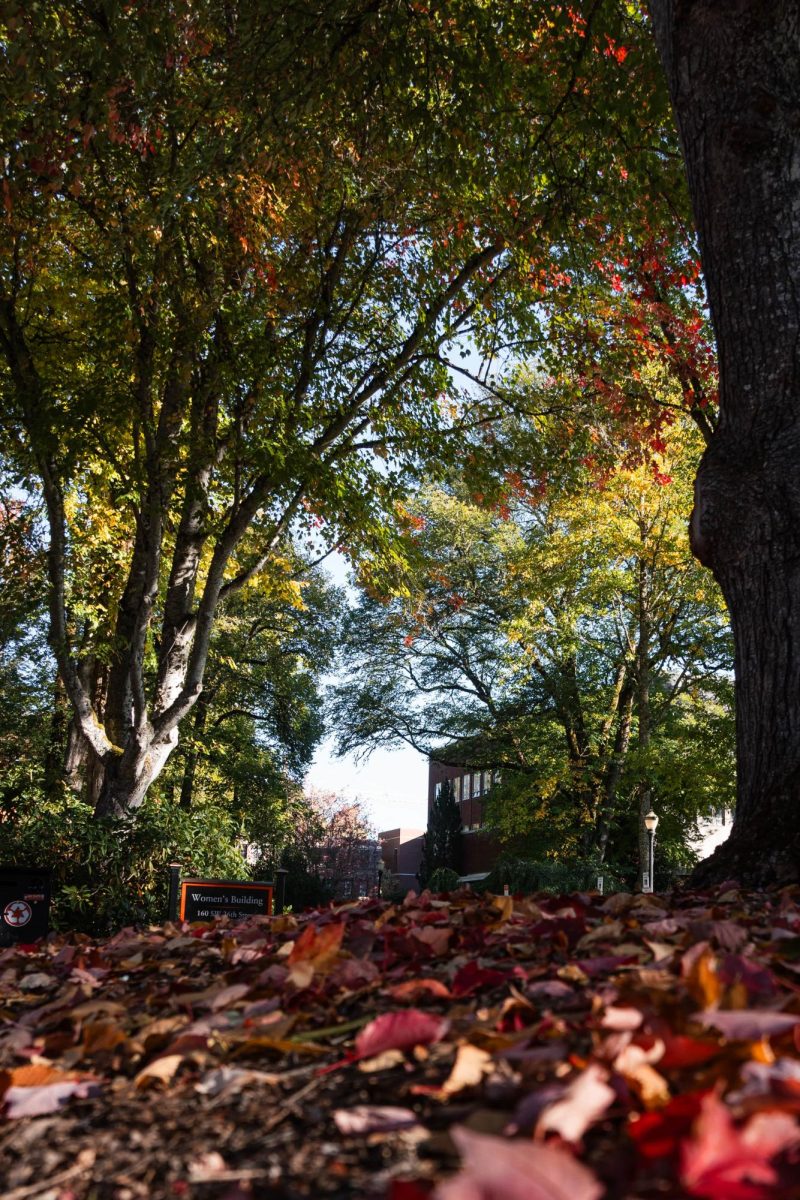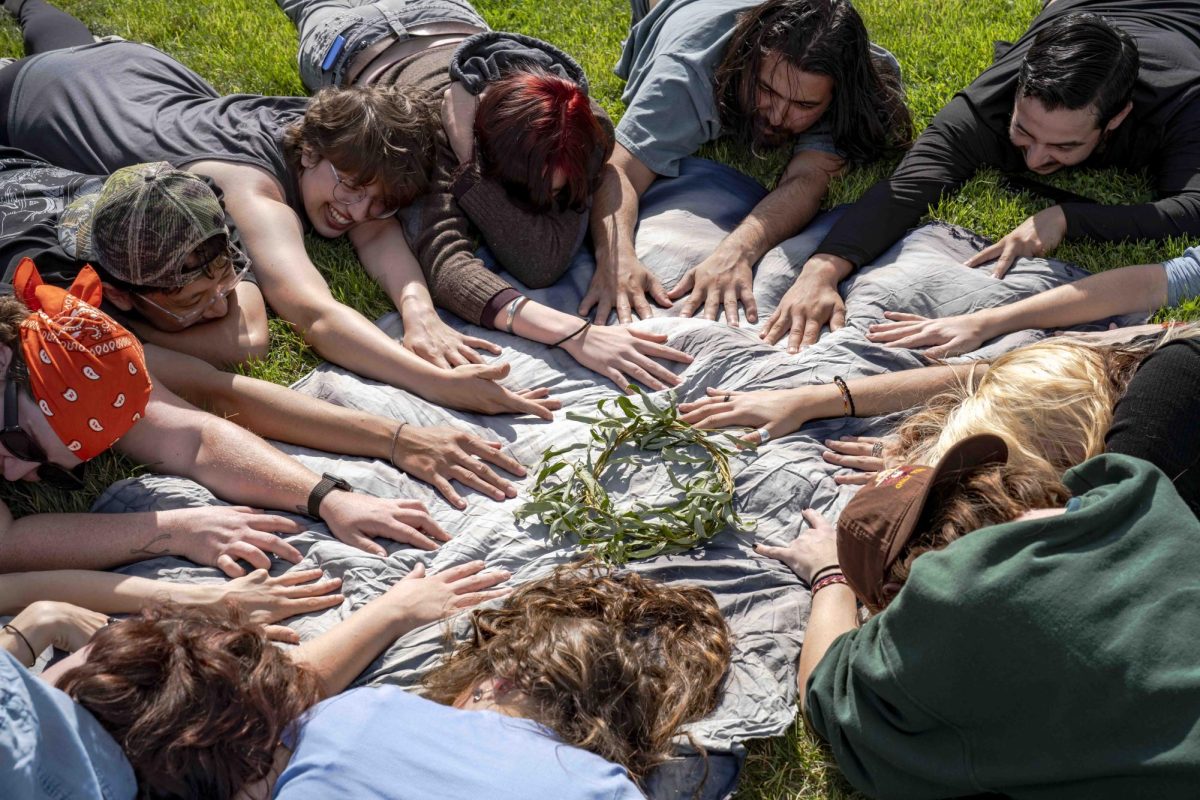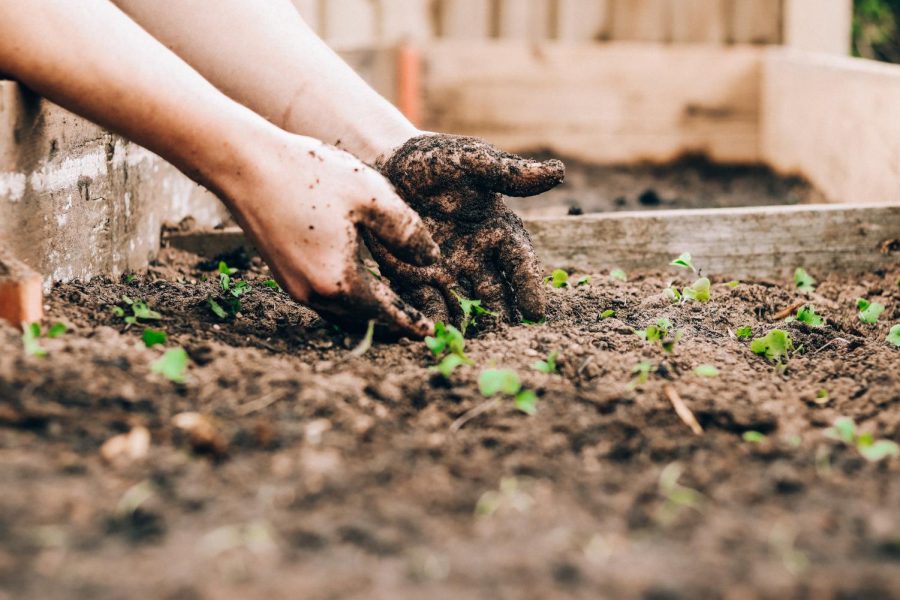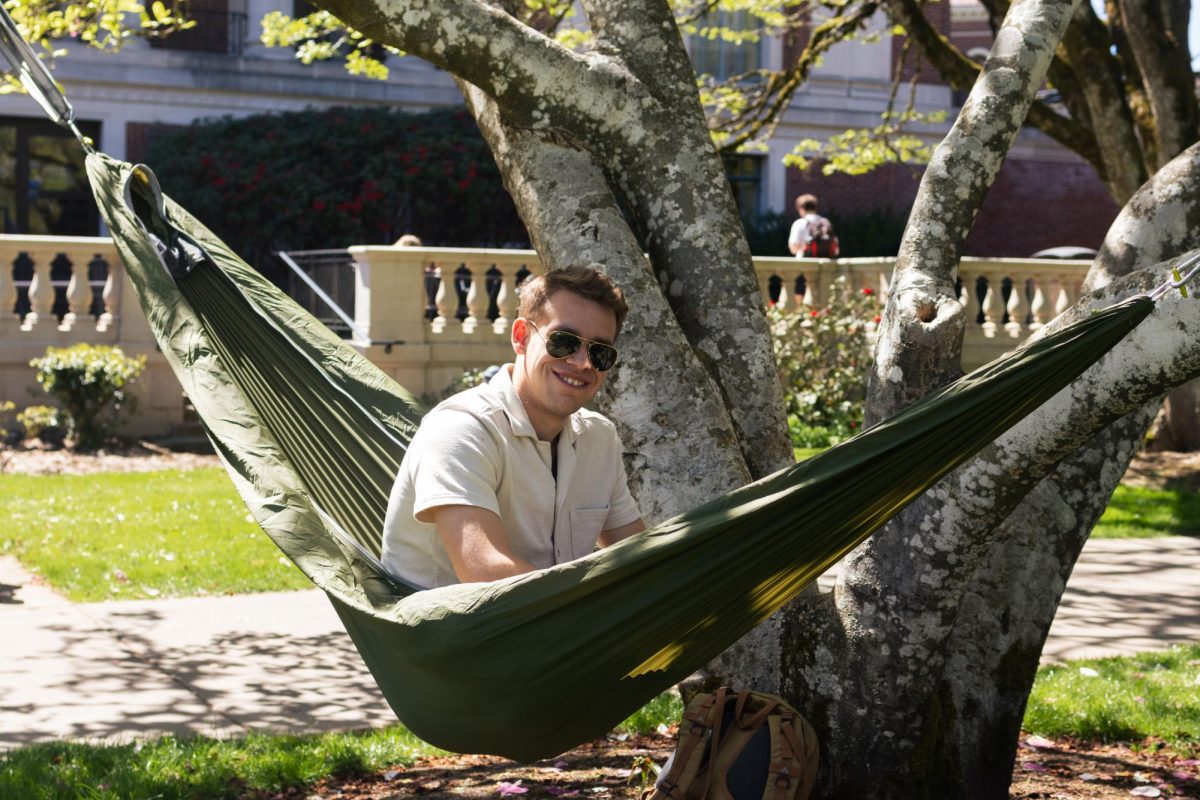From mushroom energy drinks to mushroom latte mixes or hot chocolate, blending it with smoothies, drinking it as a tea or mixing it with food, there are various ways of consuming mushrooms.
Due to the dampness and humidity of the forests here in the Pacific Northwest, a lot of mushrooms can be found and foraged here in Oregon. Here are some of the mushrooms that you can find on a hike in Oregon.
Morels
- Where to find them: Next time you’re out walking in the woods around Corvallis, be sure to check under trees that look like they are decaying. Morel mushrooms tend to grow under trees. If you spot tree barks on the ground, there may be morels growing nearby.
- How to identify them: Morel mushrooms belong to the Morchella genus. Their shape is quite unique with honeycomb-like pits and long caps that range in color (usually cream or dark brown shades). They are also hollow inside.
- What to do with them: Morel mushrooms are great for cooking. After you carefully clean them (soak them in water for a few hours to get all the dirt out) you can add them to dishes like pasta to add some delicious umami flavor.
Golden Chanterelle
-
- Where to find them: Golden chanterelles typically grow in fall or winter. According to Visit Corvallis (a website full of information about activities you can do in Corvallis) Mary’s Peak would be a good place to search for these kinds of mushrooms. You can also find chanterelles near the coastal areas. The rain and humidity helps these mushrooms to grow faster which means you have a higher chance of foraging golden chanterelles in the months of October and November.
- How to identify them: Golden Chanterelles are golden colored with curved stems and curved caps.
- What to do with them: These mushrooms are perfect to cook with. They have a unique and almost sweet flavor which you can pair with a fish dish or even in an omelet. After cleaning them with a wet paper towel, (soaking them will make them spongy!) you can saute them with olive oil and a bit of salt and enjoy their flavor.
King Bolete
-
-
- Where to find them: These kinds of mushrooms grow toward the end of summer and beginning of fall. You might be able to find them under pine trees after it has rained.
- How to identify them: King Bolete mushrooms have large and wide caps (between 3-12 inches wide) and they are also sticky. They are normally brown on the top and lighter on their stems which are very thick and bulky.
- What to do with them: You can cook king boletes with olive oil and some butter and serve them as a side dish with some sort of protein or pasta.
-
Recent and past research and case studies have shown that mushrooms, despite being a type of fungi, actually have a lot of health benefits.
According to UCLA Health, a teaching hospital in California that conducts numerous research on various topics, mushrooms have shown to lower the risk of developing cancer. Due to their high amount of ergothioneine, certain mushrooms such as shiitake and maitake, can lower your risk of getting cancer by 45%.
Mushrooms improve brain health and are good for your immune system since they have macronutrients like Vitamin D, Vitamin B6 and Selenium, which helps the body create antioxidant enzymes.
Research is currently being done on the effects of mushrooms on mental health.
Although using mushrooms recreationally is still illegal in most states, (Measure 109 was passed in Oregon in 2020 which legally allows the usage of psilocybin which is the active ingredient in psychedelic drugs such as magic mushrooms) a lot of research and funding is going toward companies that make and sell mind-altering drugs.
Microdosing mushrooms to help with depression and anxiety is also something that people seem to be doing a lot more, according to a New York Times article that interviews individuals who microdose mushrooms to improve their mental health.

